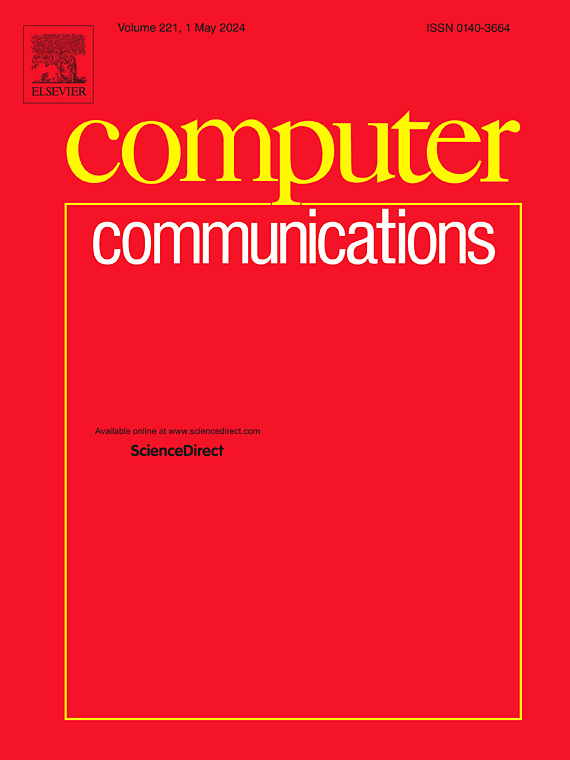5G for connected and automated mobility - Network level evaluation on real neighboring 5G networks: The Greece - Turkey cross border corridor
IF 4.5
3区 计算机科学
Q1 COMPUTER SCIENCE, INFORMATION SYSTEMS
引用次数: 0
Abstract
The automotive industry has been one of the vertical sectors eagerly waiting for the extended availability of 5G connectivity in order to deliver Connected and Automated Mobility (CAM) services. These services require extremely fast and reliable, uninterrupted communication to guarantee the safety of the drivers and other road users. Even though extended analysis and evaluation of the expected performance of 5G for CAM services has taken place in the past years via simulation studies and local trials based on 5G experimental testbeds, performance evaluation based on real 5G networks has been extremely limited, due to their unavailability until recently. Even more so in rural/highway conditions, as the 5G deployments so far have been focused on urban environments with greater population coverage. This article is among the first to present evaluation data and the corresponding analysis of the 5G Non-Stand Alone (NSA) network performance for CAM services based on neighboring 5G (overlay) networks in the cross-border corridor between Greece and Turkey, by one of the leading global 5G vendors and two of the top national operators. The performance evaluation focuses on the effect of inter-PLMN (Public Land Mobile Network) Handovers on the throughput, latency and interruption time experienced by a mobile user, and the network metrics achievable under various network configurations.
求助全文
约1分钟内获得全文
求助全文
来源期刊

Computer Communications
工程技术-电信学
CiteScore
14.10
自引率
5.00%
发文量
397
审稿时长
66 days
期刊介绍:
Computer and Communications networks are key infrastructures of the information society with high socio-economic value as they contribute to the correct operations of many critical services (from healthcare to finance and transportation). Internet is the core of today''s computer-communication infrastructures. This has transformed the Internet, from a robust network for data transfer between computers, to a global, content-rich, communication and information system where contents are increasingly generated by the users, and distributed according to human social relations. Next-generation network technologies, architectures and protocols are therefore required to overcome the limitations of the legacy Internet and add new capabilities and services. The future Internet should be ubiquitous, secure, resilient, and closer to human communication paradigms.
Computer Communications is a peer-reviewed international journal that publishes high-quality scientific articles (both theory and practice) and survey papers covering all aspects of future computer communication networks (on all layers, except the physical layer), with a special attention to the evolution of the Internet architecture, protocols, services, and applications.
 求助内容:
求助内容: 应助结果提醒方式:
应助结果提醒方式:


